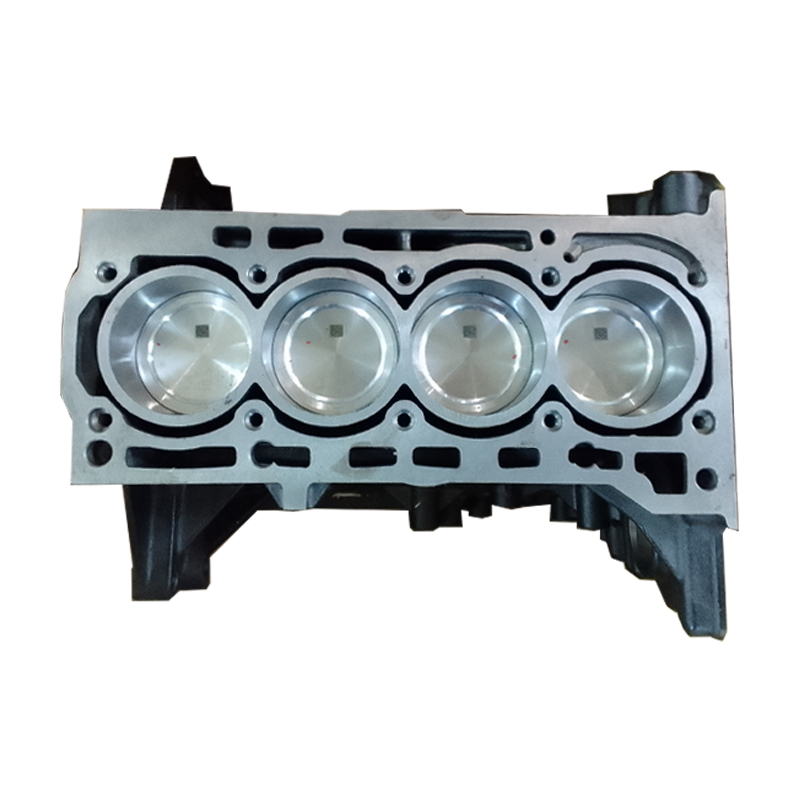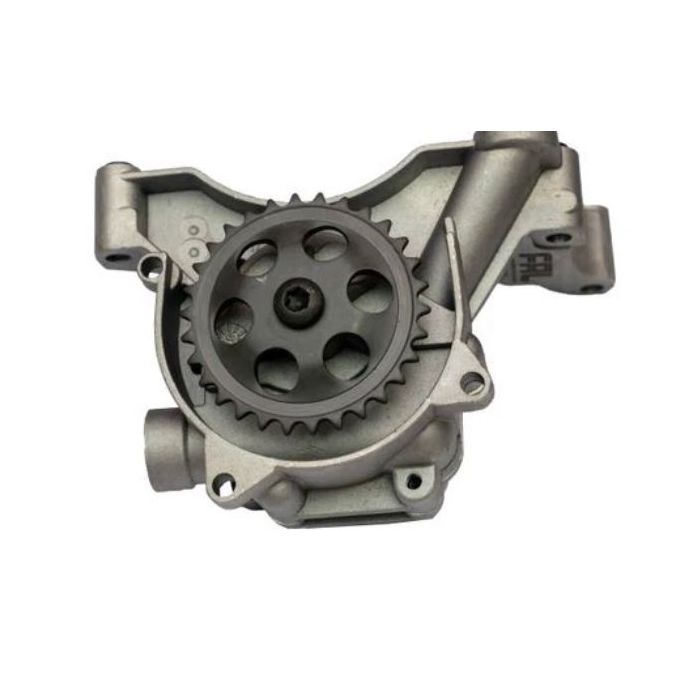Improve productivity with a powerful clp engine.
Improve productivity with a powerful clp engine.
Blog Article
Just How a Clp Engine Can Improve Performance in Different Industries
The advent of CLP engines notes a substantial shift in operational efficiency across various markets, driven by their ability to maximize gas intake and lessen downtime. Industries such as manufacturing and logistics stand to acquire significantly from their durable design and constant power result, which guarantee to enhance operations and boost productivity. As companies increasingly prioritize sustainability together with effectiveness, the role of CLP engines ends up being much more important. What remains to be seen is how these developments will certainly shape the future landscape of industrial procedures and their effect on wider financial trends (clp engine).
Summary of CLP Engines
CLP engines, or Continual Liquid Propellant engines, represent a substantial advancement in propulsion modern technology, particularly for room applications. These engines make use of a constant feed system that permits for the continual expulsion of propellant, resulting in improved performance and performance contrasted to standard strong or hybrid propulsion systems. By preserving a constant circulation of fluid propellant, CLP engines can accomplish a lot more precise thrust control, which is crucial for navigating spacecraft in various mission situations.
The design of CLP engines incorporates advanced products and ingenious gas monitoring systems. clp engine. This results in reduced weight and boosted reliability, essential aspects for long-duration room missions. In addition, the continual procedure lessens the risk of burning instability, an usual obstacle in conventional rocket engines.

Benefits in Manufacturing
The production of Continuous Liquid Propellant (CLP) engines offers several noteworthy benefits that enhance both performance and cost-effectiveness. One of the main benefits is the structured manufacturing procedure, which minimizes the complexity connected with standard propulsion systems. By utilizing liquid propellant, makers can achieve better precision in engine performance, bring about maximized energy outcome and decreased waste.
Additionally, CLP engines promote a higher level of modularity, allowing for easier combination into numerous manufacturing lines. This flexibility can dramatically lower lead times and enhance general functional versatility. The use of CLP technology also tends to decrease the demand for substantial upkeep due to fewer relocating parts, which translates right into reduced downtime and functional prices.

Applications in Logistics
Leveraging Continual Liquid Propellant (CLP) engines in logistics supplies considerable advantages in functional effectiveness and reliability. These engines supply a robust remedy for different transport requirements, enabling the seamless motion of products throughout substantial distances. The inherent design of CLP engines enables regular power result, which translates into smoother and extra predictable transport routines.
Among the essential applications of CLP engines in logistics is in durable products go to my blog transportation, where they can drive both ground and airborne vehicles. Their capacity to preserve high performance under varying load conditions guarantees that shipment timelines are met, therefore improving consumer complete satisfaction. Additionally, CLP engines can be incorporated into automated logistics systems, facilitating real-time monitoring and maximizing course preparation.
In addition, the durability of CLP engines decreases maintenance downtime, enabling logistics business to optimize their functional abilities. This is specifically valuable in warehousing procedures, where effectiveness in managing and moving items is vital. As logistics continues to evolve, the integration of CLP engines represents a forward-thinking technique that not only boosts efficiency but additionally supports the sector's growing needs for dependability and rate.
Effect On Power Performance
Exactly How do Constant Fluid Propellant (CLP) engines improve energy performance in transportation? CLP engines use a constant circulation of fluid fuel, enhancing combustion procedures and keeping a stable drive output. This layout decreases power losses connected with standard burning engines, where gas delivery can vary and bring about inadequacies.
The continual operation of CLP engines enables a more reliable thermal cycle, leading to greater specific impulse compared to conventional engines. clp engine. This equates to minimized gas usage for the same quantity of job done, significantly reducing operational expenses across different transportation industries, consisting of aviation and find maritime markets
Additionally, the ability of CLP engines to keep optimum performance under differing load conditions minimizes the requirement for regular acceleration and slowdown, further boosting gas effectiveness. Improved power effectiveness not just adds to cost savings yet also leads to reduce greenhouse gas discharges, lining up with worldwide sustainability objectives.
Future Trends and Innovations
Emerging developments in Continuous Fluid Propellant (CLP) engine technology promise to transform the landscape of transportation effectiveness and sustainability. As sectors pivot towards greener choices, CLP engines stand at the center, incorporating ingenious materials and layout methods that improve efficiency while lessening ecological influence.
Among the most encouraging fads is the fostering of crossbreed systems that incorporate CLP engines with renewable resource resources. This synergy can optimize gas consumption and minimize discharges, lining up with global sustainability objectives. Additionally, Click This Link innovations in computational fluid dynamics (CFD) are helping with the design of more aerodynamically efficient engines, causing minimized drag and boosted gas performance.
Moreover, the advancement of wise tracking systems is established to boost operational performances. These systems take advantage of information analytics and IoT technology to maximize engine performance in real-time, making sure that the engines operate within their most effective criteria.
As study remains to discover alternative propellant solutions-- such as biofuels and synthetic fuels-- the future of CLP engines looks appealing. By harnessing these innovations, industries can not only improve their efficiency but also add considerably to a cleaner, more sustainable future in transportation.
Final Thought
In conclusion, CLP engines represent a significant advancement in efficiency across several markets. The integration of advanced products and less moving parts minimizes maintenance demands, while positioning with sustainability objectives settings CLP engines as an essential innovation for the future.
Report this page